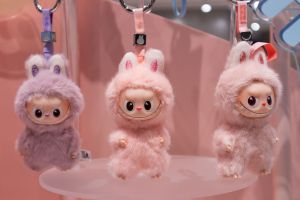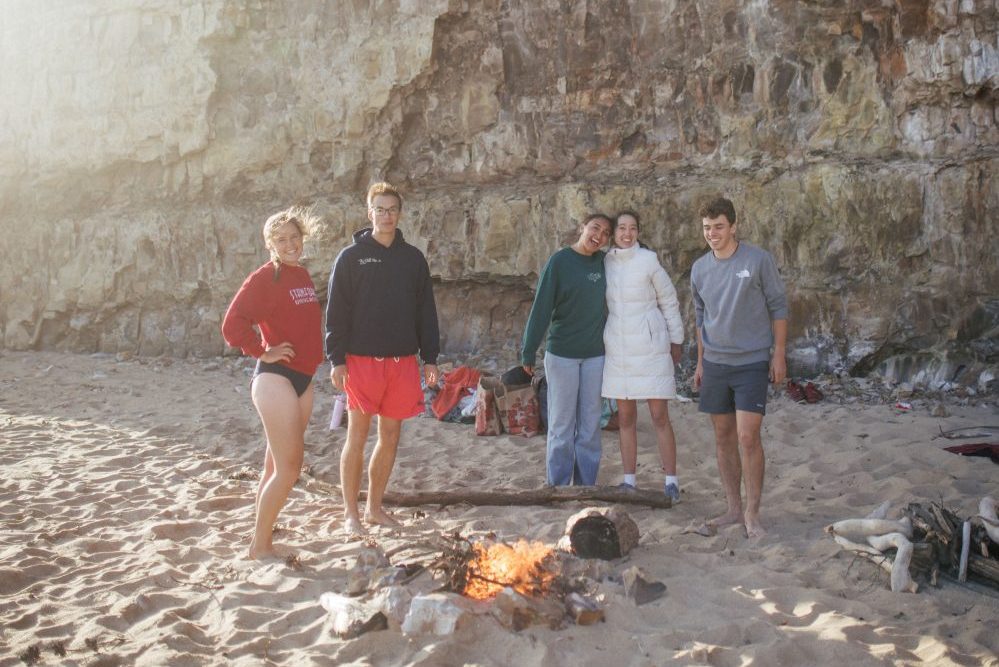What can you buy for $1,000 these days? The latest smartphone? A discounted laptop? A nice trip to Mexico? Or what about a 9,000 piece LEGO set of the Death Star? The toy firm’s most expensive model yet.
That’s right, a toy for $1,000 – the same as 35 Labubus (if you can find them), 150 packs of Pokémon cards or 80 Hot Wheels cars. It’s more pocket money than most boys and girls can afford. And as the fully built model is only a cross section of the spherical spacecraft from Star Wars, they won’t actually be able to play with it, even if they do rustle up enough cash to buy it. Really, the gigantic diorama is designed to sit on an adult’s shelf – a 31-inch wide symbol of LEGO’s shift toward an older demographic.
Danish carpenter Ole Kirk Christiansen, who founded the LEGO Group in 1932, must be turning in his grave. The name was derived from the Danish words “Leg godt,” which means “play well” in English. The company initially got started making simple wooden toys for Great Depression-era children, but later developed its famous interlocking bricks. After injection molding became available in Denmark in 1947, the company began focusing on plastic toys and later ceased production of wooden products completely in 1960 following a warehouse fire. The iconic shape of the LEGO brick has remained largely unchanged since its updated patent in 1958 with thousands of sets using the same fundamental building system.
Older adults will likely remember LEGO for more generic themes like cities, outer space, pirates and medieval knights. Not relying on distinguishable IP meant that costs could be kept down so even families with lower income could take part. Sets came with printed instructions to build the models, but the real fun came when you constructed your own sets. Some of the best selling LEGO products are large tubs containing a random assortment of bricks and other parts, with the only true limits being the imagination of the builder.
Unfortunately for the LEGO Group, something eventually became rotten in the state of Denmark. By the 1990s, profits were in serious decline and there was a growing sentiment among the public that the product was old hat. Realizing that something had to be done, LEGO introduced licensed properties. Instead of some nondescript spaceship, you could now actually play with an X-wing from Star Wars and bring home a plastic minifigure of Luke Skywalker. Say goodbye to bland castles and nameless wizards; build Hogwarts instead and recreate the adventures of Harry Potter.
LEGO has become explicit with their attempts to court an older audience in the last few years. The company proudly displays an “Adults Welcome” section on their official website which sells everything from Formula 1 cars to van Gogh paintings all built in LEGO, and the more high-end sets cost hundreds of dollars.
The firm is capitalizing on the infantilization of modern America. Approximately 1 in 3 U.S. adults is still living with their parents – and that’s even after the pandemic. Citing rising costs of living, Millennials and Gen Z believe that major life milestones like marriage, children and home ownership will be impossible to achieve for them. From their perspective, it’s more logical to instead use whatever disposable income they do have on hobbies which provide immediate gratification. Companies like LEGO are only happy to oblige, which is why they have the chutzpah to sell a $1000 Death Star that really isn’t worth the money.
And there are also fewer kids for LEGO to market to.The latest CDC data reported that the fertility rate in the United States dropped to an all-time low in 2024 with less than 1.6 children being born per woman. Pivoting to selling to adults is a business necessity to stay profitable.
I don’t believe there’s anything inherently wrong with adults buying LEGO and while I’m sympathetic to the economic woes of my generation, the argument that having kids is too expensive holds little water if you can blow a grand on a single LEGO set.
The company has clearly gone a bridge or, ahem, a brick too far this time, even for childless millennials. If it’s a choice between LEGO’s $1,000 take on the Empire’s planet killer or a nice holiday with the wife, it’s not really a choice.


























Leave a Reply